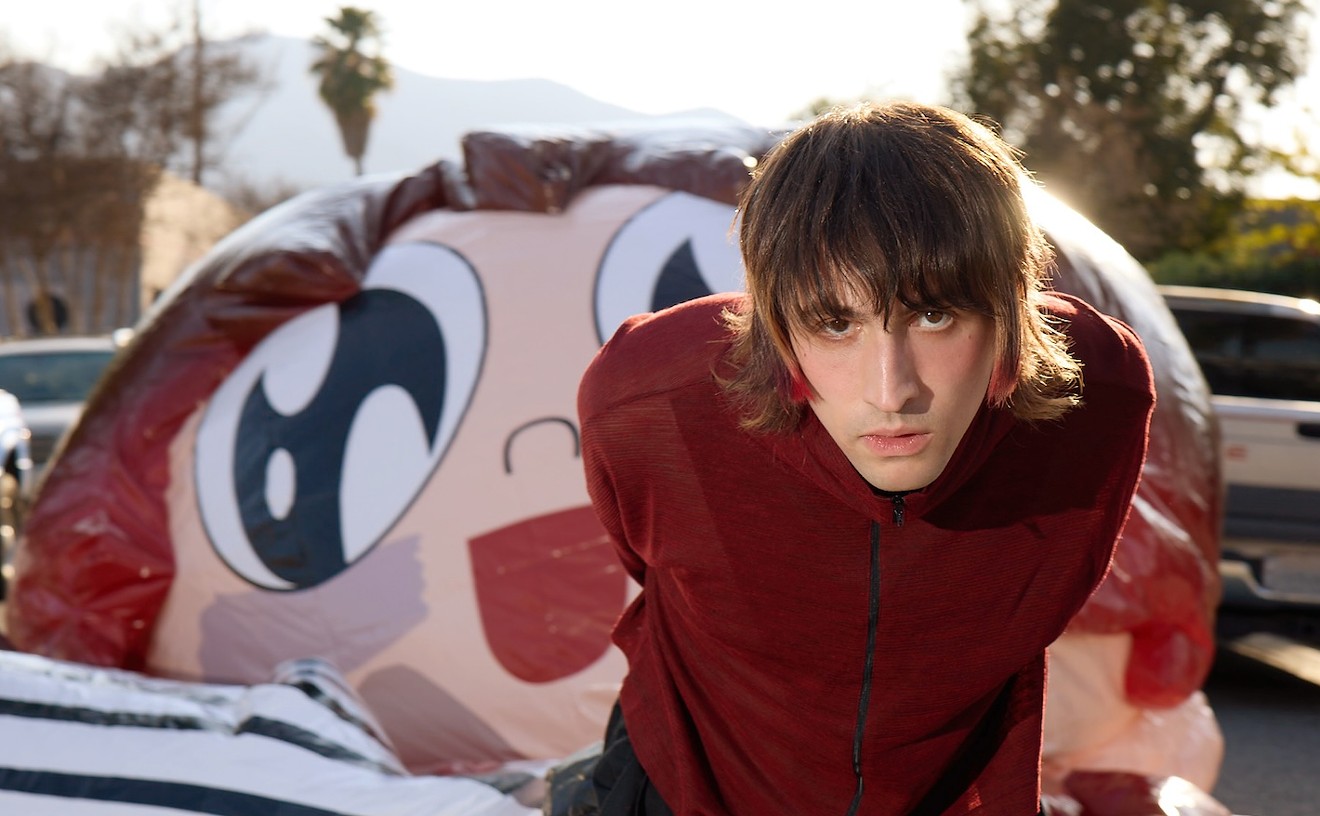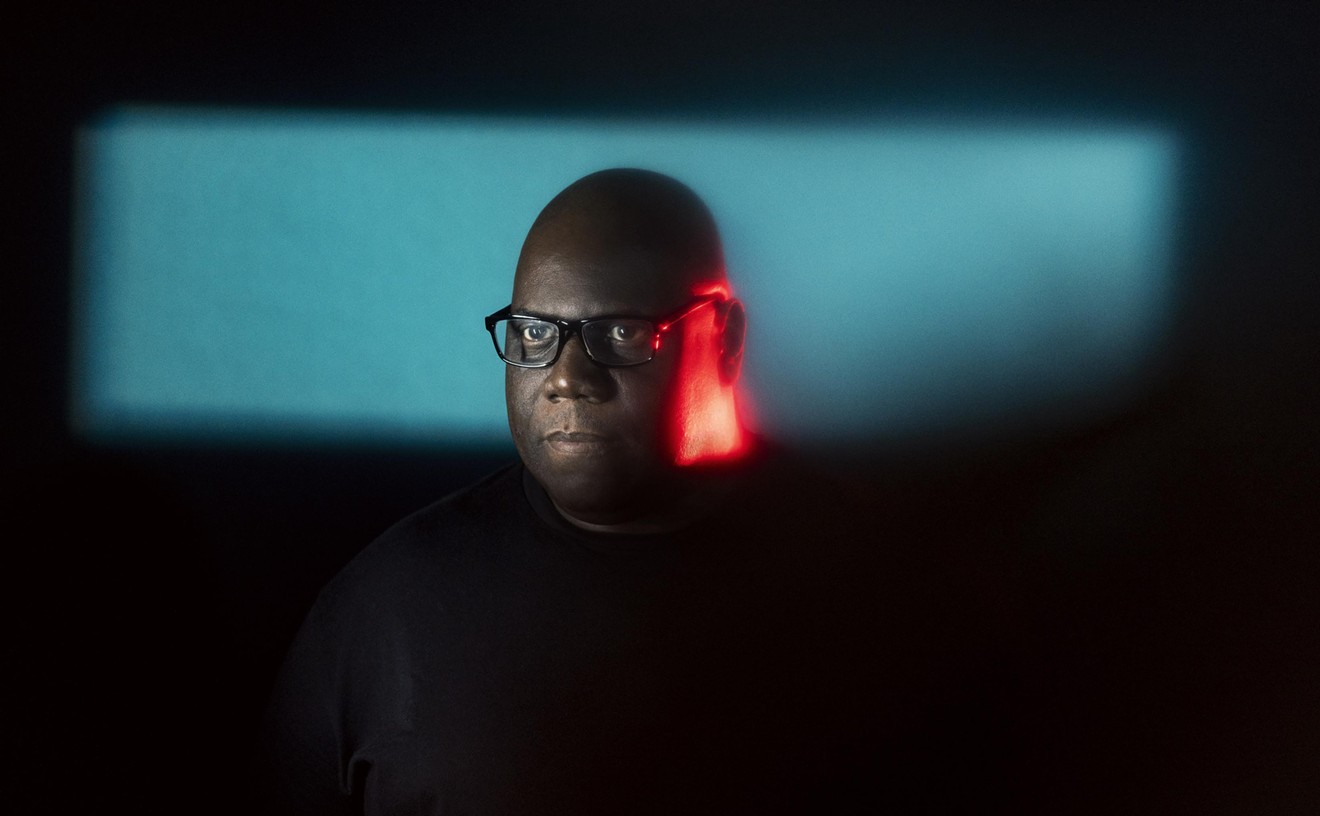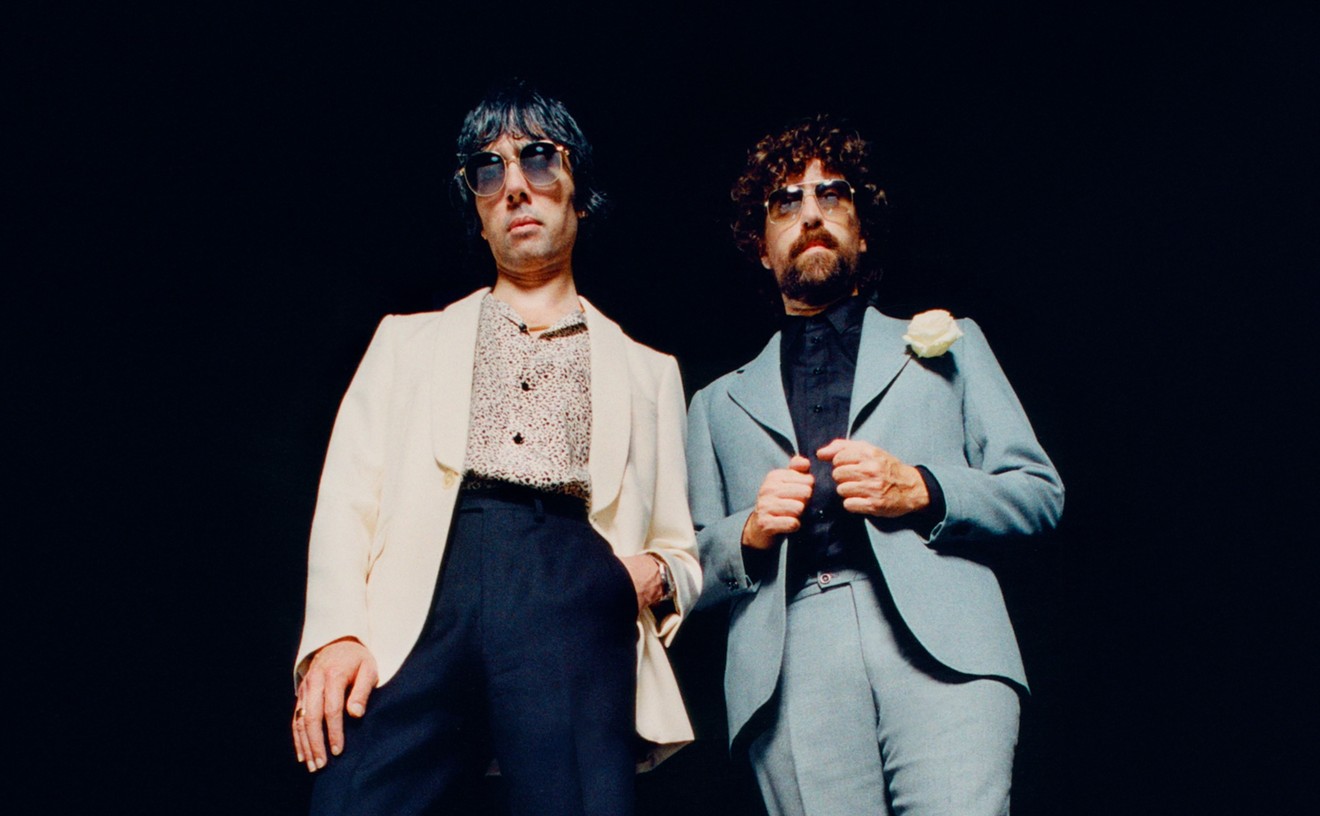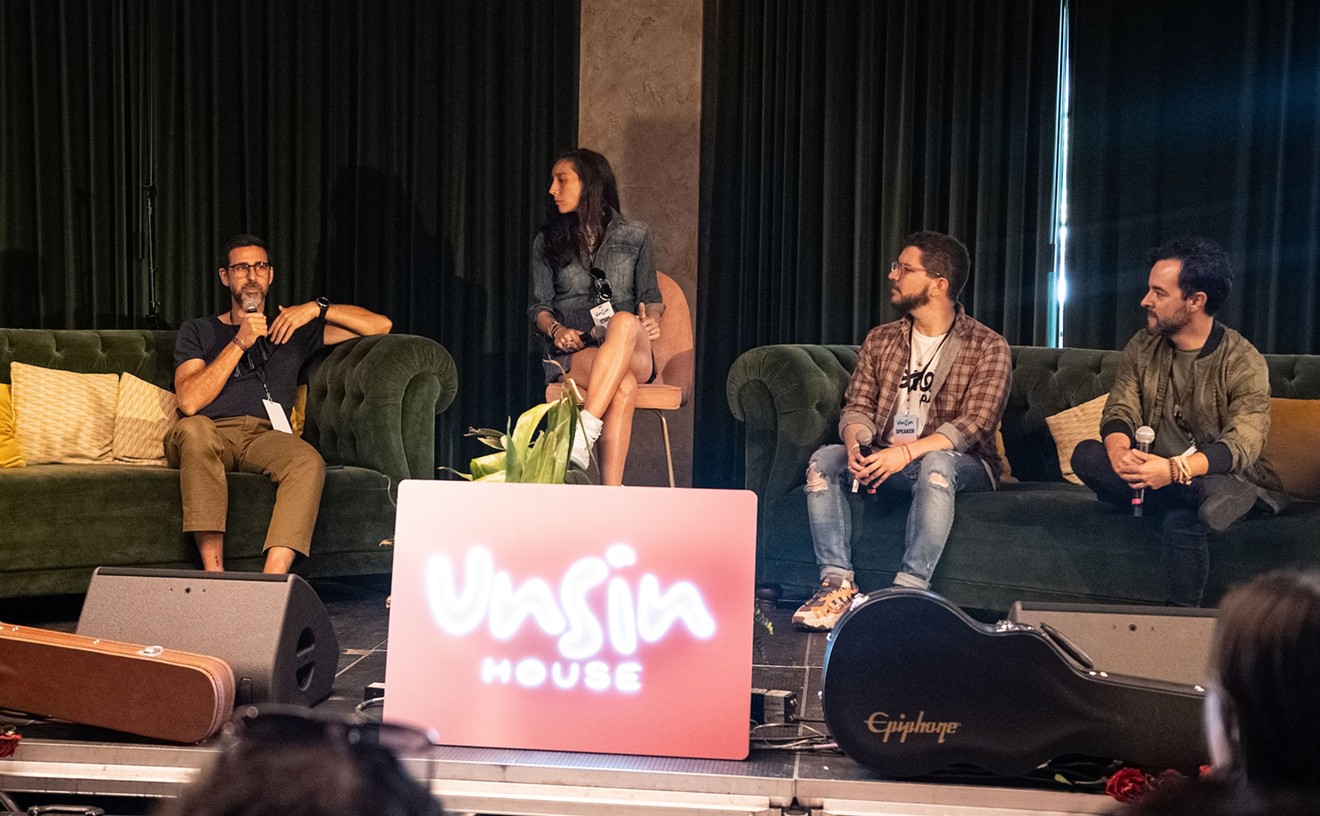Now that he is coming back to Miami to present the wildly popular Spanish-language edition of a book that gives equal time to musicians on the island and those in exile, Delannoy is on the defensive. "If people have a problem with the book," he says over the phone the day before he flies to Miami, "it's their problem." Indeed, if Delannoy had never seen exile musical ire in person, he'd have little reason to expect that anyone would have a problem with his book beyond the usual panty-twisting questions about who invented the mambo and how much credit Dizzy Gillespie deserves for composing the Latin jazz watershed "Manteca." And I didn't even tell him, given that ¡Caliente! is published by a Mexican government agency, about the calls for a boycott of all Mexican goods on exile radio (in case you haven't figured out why the price of Corona suddenly shot up at the Sedano supermarkets in town). He's nervous enough.
So, Armando Perez-Roura, don't disappoint him! Get the word out that a Belgian man is coming to town to hawk a Mexican book full of interviews with commie musicians! Call Vigilia Mambisa to rig up a television set on the back of a pickup truck to show us some videos of Castro getting jiggy while Bobby Carcassés scats! Send in the Comandos F4 to secure a few copies of ¡Caliente! to burn outside Café Nostalgia! Let's show once again that in Miami, culture matters! Book parties are never this exciting in Brooklyn or Belgium!
"To talk about Latin jazz is to talk about Cuba," Delannoy says. "I had to go to the source." The author's insistence on including interviews with musicians in Cuba as well as those in exile bridges a critical divide. It is worth pointing out the book is not in circulation in Cuba at all, where the importance of exile musicians is erased all the more efficiently because it is done officially. Well-documented histories here and there each leave out half the story of a migratory music whose musicians are in constant motion. "There has been absurdity on both sides," Delannoy points out. "There was a time when people walking around Miami with Cuban records under their arms were seen as communists. At the same time, the Cuban government prohibited the playing of cymbals for a time, because that was “imperialist.'" Perhaps all that was needed was an outsider to put the halves together. That doesn't mean that Delannoy thinks he knows it all. "I don't pretend I see the truth," he admits. "This is not a definitive history because there can't be a definitive history of a music that is still alive and always changing. This book will never be finished."
That may be the only problem with ¡Caliente!, a book whose rhythm shifts as abruptly as a Chano Pozo conga solo. Delannoy says the publisher of the original French-language edition insisted he cut the 800-page manuscript, based on more than 500 interviews, in half. While cutting 400 pages from any tome is usually a good idea, the casualty here is the storytelling, the flow of Delannoy's history. The book is best where it tells the life stories of the monsters in Latin jazz. Particularly satisfying are the sections on the legendary Pozo (whose biography is the subject of a separate book Delannoy is writing now), the long career of the late legend Chico O'Farrill (whose "Suite Manteca," based on the Gillespie-Pozo composition, seduced Delannoy into a lifetime investigating Latin jazz), and the formation of island jazz ensemble Irakere. Other sections, such as the final chapter, cover too much ground too fast.
In his hurried glance at the contemporary scene, Delannoy delivers what is essentially (and stultifyingly) a list of active players without enough space to give a sense of what these players are playing, let alone the stories behind what they play. Given the value of Delannoy's investigations as a reference work, perhaps a two-volume edition that allowed him to lavish the same detail on all of his subjects would have been better.
For the author, the value is in the process. "The idea is to wake people up to the fact that there is a better way to seek the truth," says Delannoy. "I'm trying to open doors so that the people will better reflect in the future."










